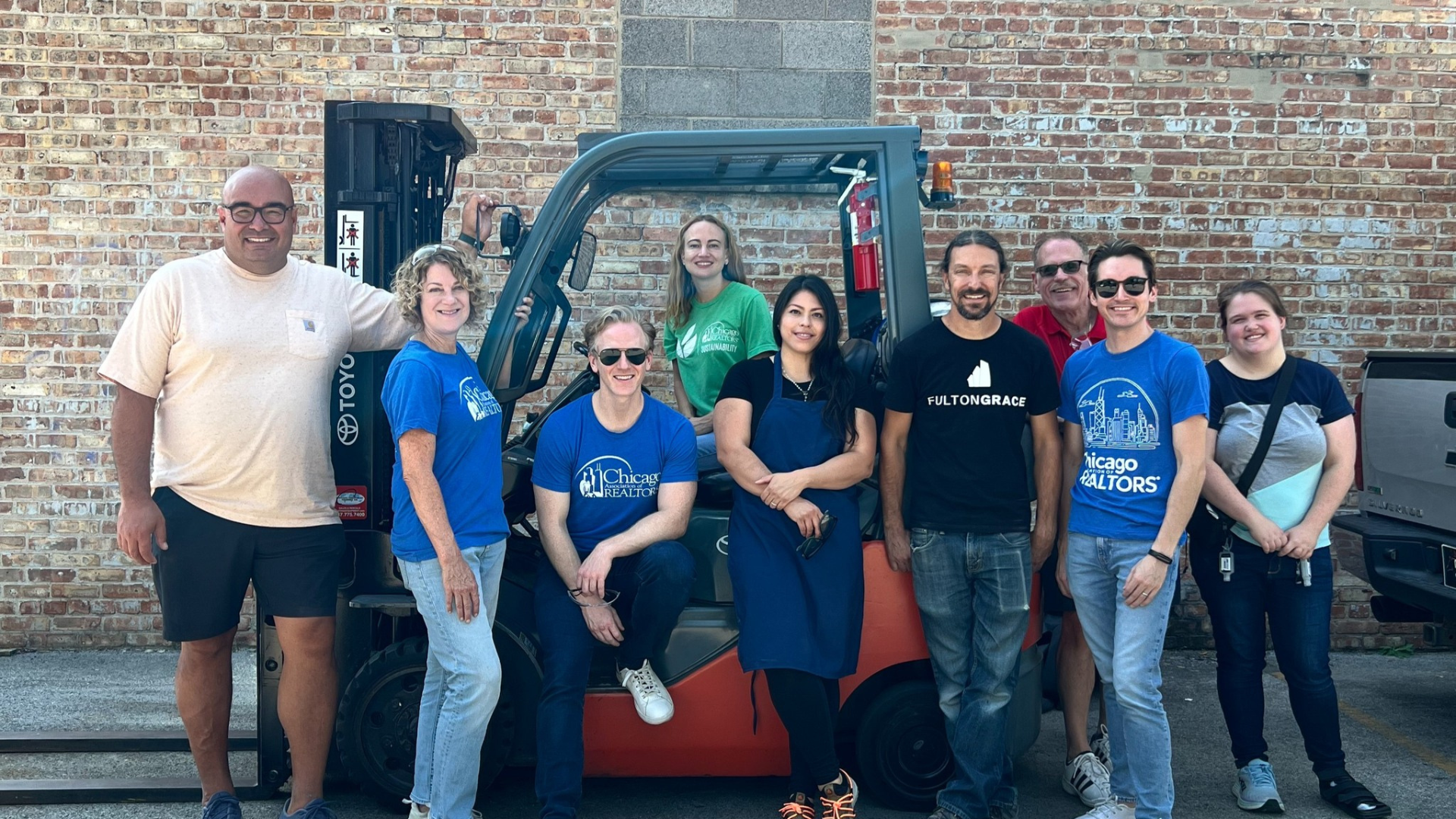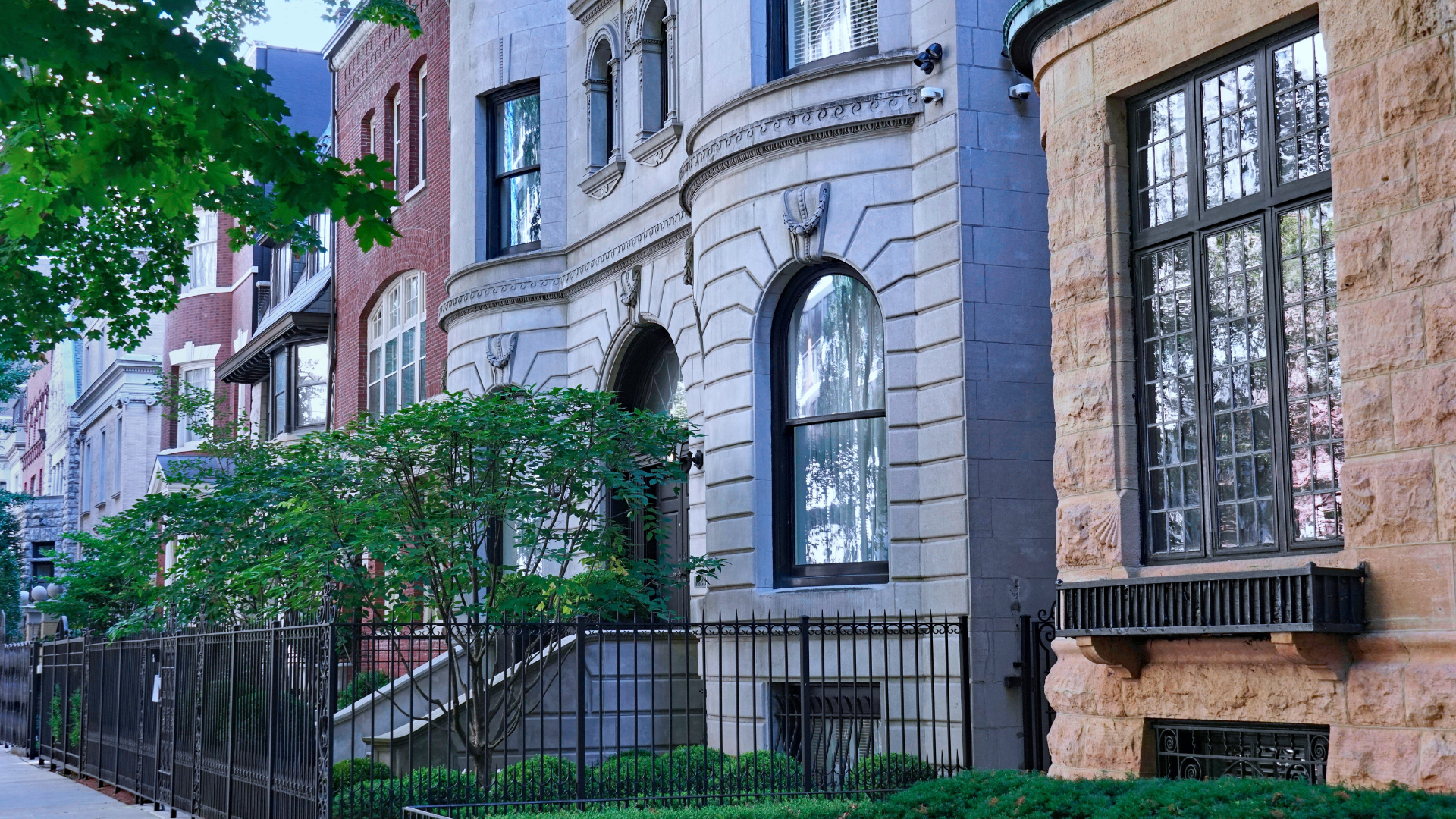I’m that girl who collects vinyl records, old books with gold trim and vintage cameras. In times when a cell phone can play music, snap a picture and have a book read to you through Amazon’s Audible book club, I still prefer the more nostalgic path. There’s magic about the smell of an old book with pages so old and delicate that any quick ‘flip’ could destroy it. Music on vinyl feeds my imagination, letting it wander with every high-quality note. And those old, heavy cameras with the huge flash lights not only hold so much history, but they make the best decorations!
So, what does this have to do with recycling homes? There’s a huge sense of pride in refurbishing an old property with charm and historical value. The captivation is in entering an old property and envisioning its modern-day, best use.
But where do you start? Just like anything in real estate, it’s important to know your budget and timeline. Refurbishing a home can be costly and time-consuming, if you’re not careful. You shouldn’t just purchase an old home because it’s inexpensive. Get a full picture of the updates that need to be made.
It’s helpful to assemble a team of experts who can help you make the necessary assessments as to the health of the house and property before you make an offer. Build a network of contractors who can help you get quotes as to repairs that may be necessary. This network should include general contractors, electricians, roofers, plumbers, painters and HVAC experts. You’ll also want an outstanding home inspector on your team, to help suss out the state of the home as is and identify the absolutely mandatory repairs.
This team can help you decide:
- What needs to be replaced?
- What types of permits will you need to do the repairs?
- How will these repairs impact your bottom line?
You want to do just as much research, if not more, on a home that you’ll refurbish as you would on a home that’s listed as turn-key, because every penny spent matters when it comes time to sell the home.
Make sure you check out applicable tax and zoning laws, as well as the financial status of the property. You can look up a property’s PIN through the Cook County Tax Portal to assess its value history, tax history and any delinquencies.
Remember, your final sales price should fall around the market value for comparable homes, and it should make up for the money you spent on the home, including all the work and permits you needed to complete the rehab and your time. Every moment you’re working on the refurb, you’re taking away time from transacting. As with any real estate deal, time is of the essence! It’s important you recoup money for the time you invested while keeping the price reasonable for potential buyers.
The difference between the acquisition cost and after repair value is the rehab cost.
REALTORS® understand the analytics behind the lowest sale in the area and the highest potential value in a premium market. In a market where values may “correct” themselves and property taxes increase, there are only a few places where you can manage affordability. Managing the price, rehab costs and getting the product back on the market is where most investors fail.
For beginners or those looking for a potentially quicker payout, I recommend purchasing a refurbished home that only needs cosmetic changes. The initial cost savings may not be as high as you hoped, but the cost of refurbishing it will be significantly lower. Not to mention, it typically takes a lot less time and effort.
If your flip is a multi-unit property, don’t despair: rent it out, procure a high cap rate and relax – this is a coveted, income-producing asset that tends to sells quickly and profitably. For a novice investor, buying a multi-unit rental building means optimizing rental yield and fewer property management service calls.
Aligning yourself with a reliable contractor is key. If you chose to go with a house that needs structural, electrical or other significant repairs, you’ll want to work with your contractor to learn the level of importance for each project and begin tackling those right away after you close. If the property has good bones and a strong roof, your next step is looking at the layout. A lot of older homes have walls, closet spaces, kitchens and bathrooms that don’t fit the needs and wants of today’s buyers. Knocking these walls down to create larger, more open spaces is often the first step.
Once that’s done, it’s time to make the buyer see the potential you saw when you purchased the home. As a buyer’s agent, we know what design trends our clients prefer, down to what wall colors will sell a house in the shortest amount of time. Pay special attention to the kitchen and baths, as they are often the climax to every home selling story.
While it can be tempting to go with either inexpensive or lavish finishes, try to aim for something that’s in between. Home improvement shows have buyers most interested in shiny new countertops and top-of-the-line appliances, so it’s important to purchase products that will catch their eye, but you also don’t want to soak up your budget on these items. They could drive the price up too high or risk investing too much in products the buyer plans to change anyway.
Also, don’t forget about curb appeal. While you don’t have to completely splurge on landscaping, porch furnishings and flowers, the outside of the property should be presentable. Clean up and remove any remnants from the repair, power wash the exterior and make sure the lawn is raked and mowed.
Does it sound like a lot of work? It is. However, it’s worthwhile, particularly in today’s market. Buyers are looking for homes that don’t require anything except them unpacking their boxes. This is largely due to historically low interest rates that allow them to leverage the bank’s money to acquire an asset that is 100 percent up and running. They don’t have time, or the desire, to oversee each phase of their rehab process, so they rely on you. More and more, buyers are realizing that real estate is an appreciating asset. Like any commodity, the value can be volatile, but, over time, it should appreciate.
Before you begin your first rehab, here are some of my tips:
- Know the market. When shopping for a home to recycle, take a look at the market data for the neighborhood it’s in to help you gauge how much you can reasonably make from the investment.
- Be patient. Just like any real estate transaction, delays can happen at any point in the transaction. Don’t cut any corners to get the job done quicker; you want to make sure it’s done correctly. Hire the best contractors and get the right permits. This ensures a better sale and boosts your reputation as a rehabber.
- Love it. I mentioned before my love for vintage items and what they represent in today’s world. Recycling homes are a lot of work. There are a lot of moving parts and a lot to keep track of. If you don’t love it, it can be difficult to get through the work. Get to know the history of the home. Look for ways to update it while maintaining the historic charm. Take lots of photos throughout the process and tell the home’s story to your potential buyers.
There’s nothing like a new home – but there’s also nothing like an old home made new.








